
Offering proper credit for a photo is a polite way to express gratitude and, on occasion, a necessary step to use any image. Whether you can obtain permission to use a photo typically hinges upon the specific conditions outlined in the creator's licensing terms.
Photo credit is when a person using an image provides recognition to the individual who owns it. It is usually done for two primary objectives:
Frequently, the information provided includes only the name of the image owner and a photography copyright notice. This, by itself, should serve as a clear indication of the person to get in touch with if there's a need for reusing a picture.
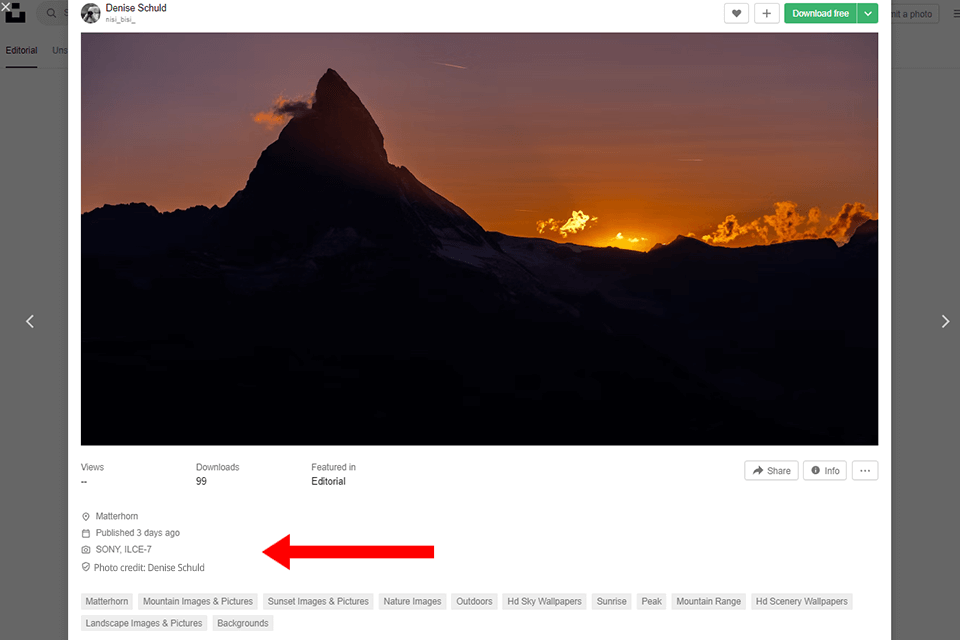
Starting from 1989, there's no longer a mandatory obligation to add s copyright notice to images in the United States. Consequently, you may come across images without any attribution information. However, it's highly probable that photographers and other image owners will continue to include it to safeguard their art pieces on the net.
If you come across an image lacking any attribution or means of reaching a photo owner, remember d that there is probably a copyright holder. In such cases, you should refrain from using the image without permission or a valid license. If you're unable to identify the owner, it's prudent to explore alternative images that you can legitimately license from the rightful owner.
The straightforward reason for why it's vital to give photography credit is simply to acknowledge and recognize the rightful contributions. Below, you can grasp the viewpoints of both the individual who owns a picture and the person using it.
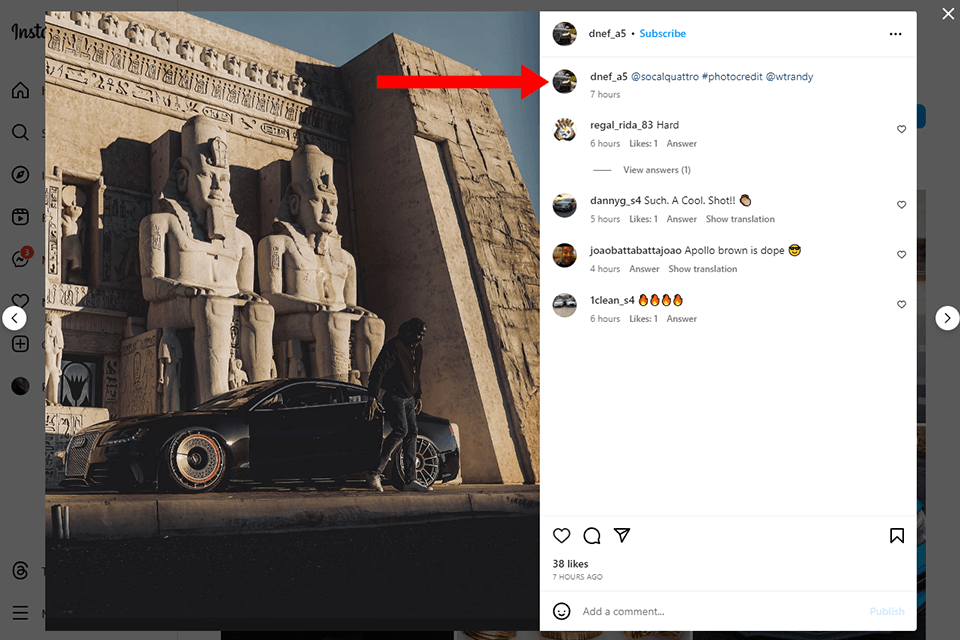
From the perspective of the image OWNER:
From the perspective of the image USER:
To discern how to credit photos and grasp the specific rules associated with a particular image, you should familiarize yourself with some frequently used terms:
Copyright. Copyright is legal permission to (1) share a photo, (2) make copies, (3) showcase it publicly (for instance, granting a museum allowance to exhibit a painting), (4) perform it, and (5) generate derivative works from the original creation. You'll often recognize it by the copyright symbol ©.
Image license. Photography license is a specific license picture owners give to potential users. For more details on commonly used licenses, refer to the following points.
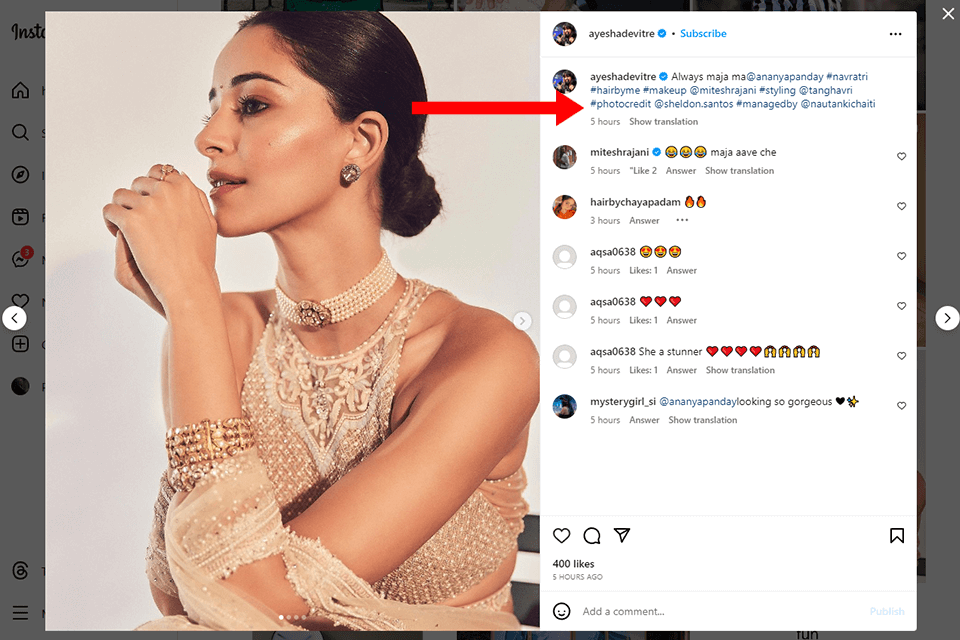
All Rights Reserved. When you see "All Rights Reserved," it means that potential image users must obtain personal or direct permission from the image owner who holds exclusive rights to that specific visual work.
Some Rights Reserved. The term "Some Rights Reserved" indicates that image owners can choose the specific rights they want to retain for their work. When you come across this type of license, it's important to thoroughly review the specified terms in order to understand all the nuances regarding how to give photo credit.
Creative Commons. The Creative Commons (CC) license is like a set of regulations determined by the image owner that specifies how copyrighted works can be shared.
Fair use. "Fair use" implies that a copyrighted photograph can be used solely for educational, personal, or research intentions, or if it serves the greater public good. It's a common misconception that "fair use" automatically excludes commercial utilization. In legal terms, courts always assess "the purpose and character of use" along with various factors. This means there's a chance that a "fair use" image can be utilized for commercial purposes, but it's essential to discuss this directly with the image owner.
Public Domain. Public Domain signifies the lack of copyright protection, indicating that the work in question is not bound by copyright or any other legal restrictions. This situation typically arises when the owner of the work has either passed away or voluntarily relinquished all rights connected to it, a process known as copyright abandonment.
Ensure you have the right to use the image from the outset. It happens that an image owner may not grant permission for any form of use. In other cases, as mentioned, you may be unable to use it due to missing image credits, the inability to reach the owner for rule clarification, and no legally secure option for using the image while providing proper credit.
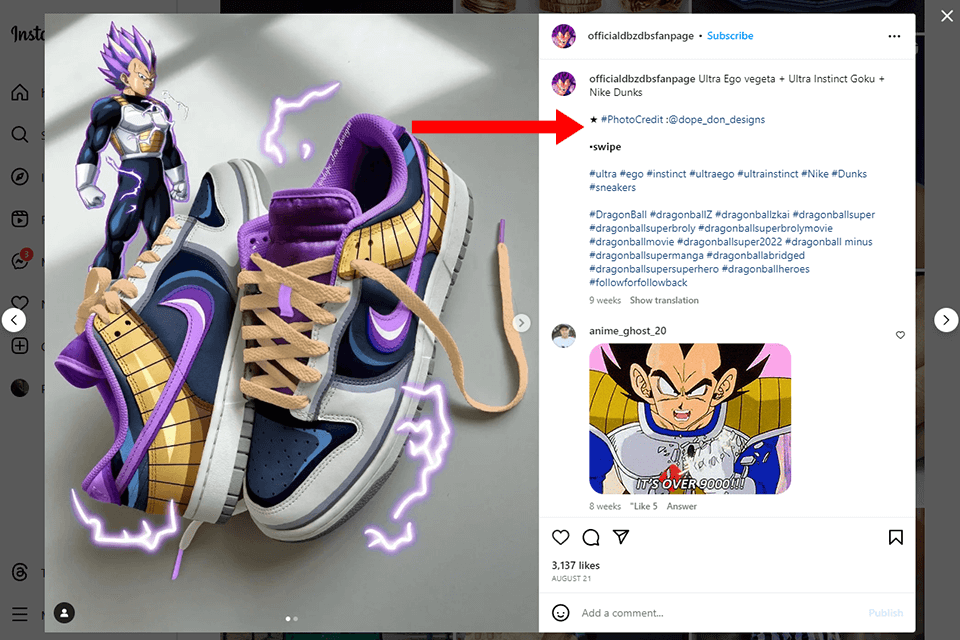
If you have permission from the image owner and proper image credits, you still need to understand the specific terms and conditions for utilizing that photo. Some image owners or photographers have certain limitations on where and how their images can be used. For example, they may permit online use but prohibit printing, or they may grant online use, excluding advertisements.
As for attributing an image, the usual approach is to position the photo credits either below the image or somewhere along one of its sides. Make sure the photo credit is easily seen and legible. In addition to placing it near the image, use a font style and size that is both easily visible and comprehensible.
Facebook and Instagram share identical copyright policies because they're both under Facebook ownership. Unlike stock image websites, which primarily serve the purpose of either displaying images or facilitating their sale, Facebook and Instagram are initially oriented towards sharing, which introduces its own set of challenges when it comes to appropriately crediting pictures.
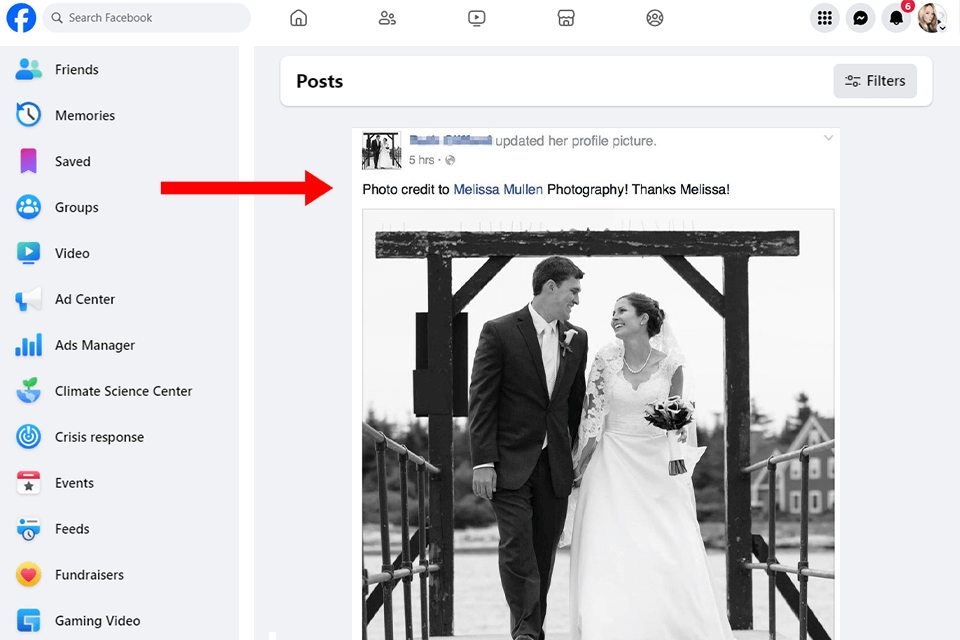
The basic rules of Facebook and Instagram to avoid image crediting issues:
Moreover, these photo sharing sites offer some handy extras. If the image owner happens to be on the platform, you can tag them using the "@" symbol, which is definitely a nice bonus.
However, if the picture was initially shared on the artist's Facebook profile or Instagram account, a simple tag may suffice—provided you've obtained permission and talked to the image owner about their preferences before posting.
GIFs indeed pose an interesting challenge when it comes to the creator who often works with unlicensed material and the person who shares the GIF without giving a photo credit. As a result, the legal aspect of using GIFs remains somewhat unclear at the moment.
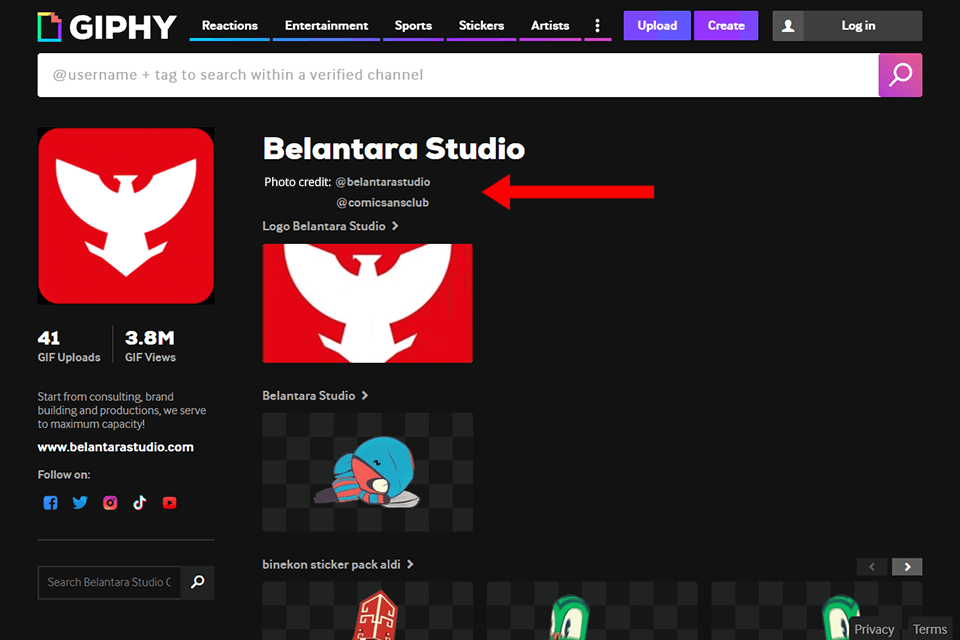
In their community guidelines, GIPHY, which is known as the world's leading GIF search engine and a popular GIF maker, housing an impressive collection of over 10 million GIFs, stickers, and animations, addresses this issue in the following manner:
There's another scenario to consider: occasionally, a GIF ends up on GIPHY's platform that unquestionably violates copyright laws. In such situations, GIPHY adheres to the regulations outlined in the Digital Millennium Copyright Act (DMCA).
In WordPress, you'll find a section called "Prevent Content Theft." Here, they recommend that content creators establish a visible copyright notice on their website. This notice typically includes the creator's full name, the website's name, the current year, and a statement of their rights. They suggest placing this information in either the sidebar or the footer of your website. Furthermore, WordPress also employs the DMCA process to protect pictures.
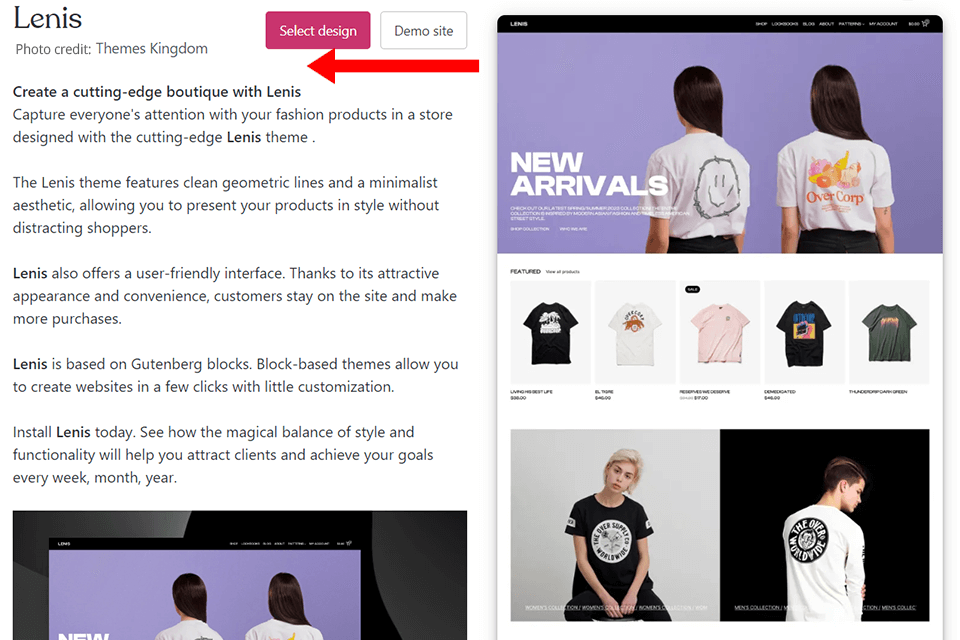
Besides, WordPress recommends a two-step approach. First, they suggest seeking permission from the image owner before using their content. Then, as a standard practice, they propose giving photography credit right below the image. This credit should include the creator's name and, if feasible, a link to the image source.
The great news is that the WordPress editor actively prompts content creators to provide image credits. When you upload an image to a post, you'll notice a "Write a caption" field right beneath it, which makes it an excellent spot for giving due picture credit. This feature is also integrated into all WordPress photography themes.
Flickr is a widely recognized sharing platform and photo hosting website. It offers a range of 11 different image license types, covering everything from "All Rights Reserved" to "No known copyright restrictions."
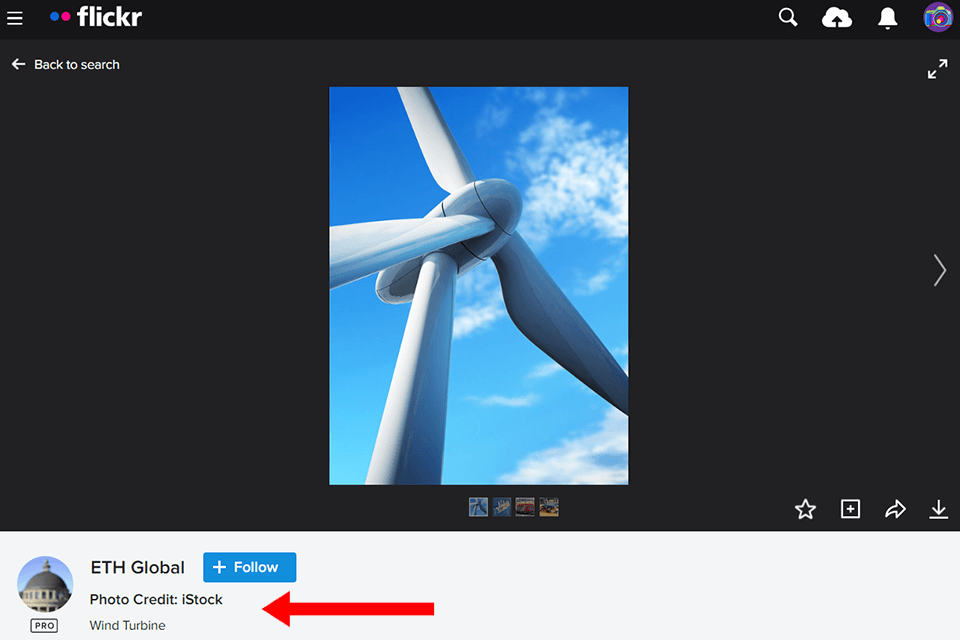
Photographers often speak highly of Flickr because it sets the default license for uploaded images to "All Rights Reserved." This essentially means that even if a creator unintentionally overlooks this setting when sharing their picture on the platform, they still have a strong legal stance to protect their work. They never granted permission for its use in the first place, making it easier to defend their rights if any legal issues arise down the road.
Appropriate Flickr image crediting, in this case, means providing: